Toxic Mold Turned Their Lives Upside Down. Now They‘re Seeking Answers.
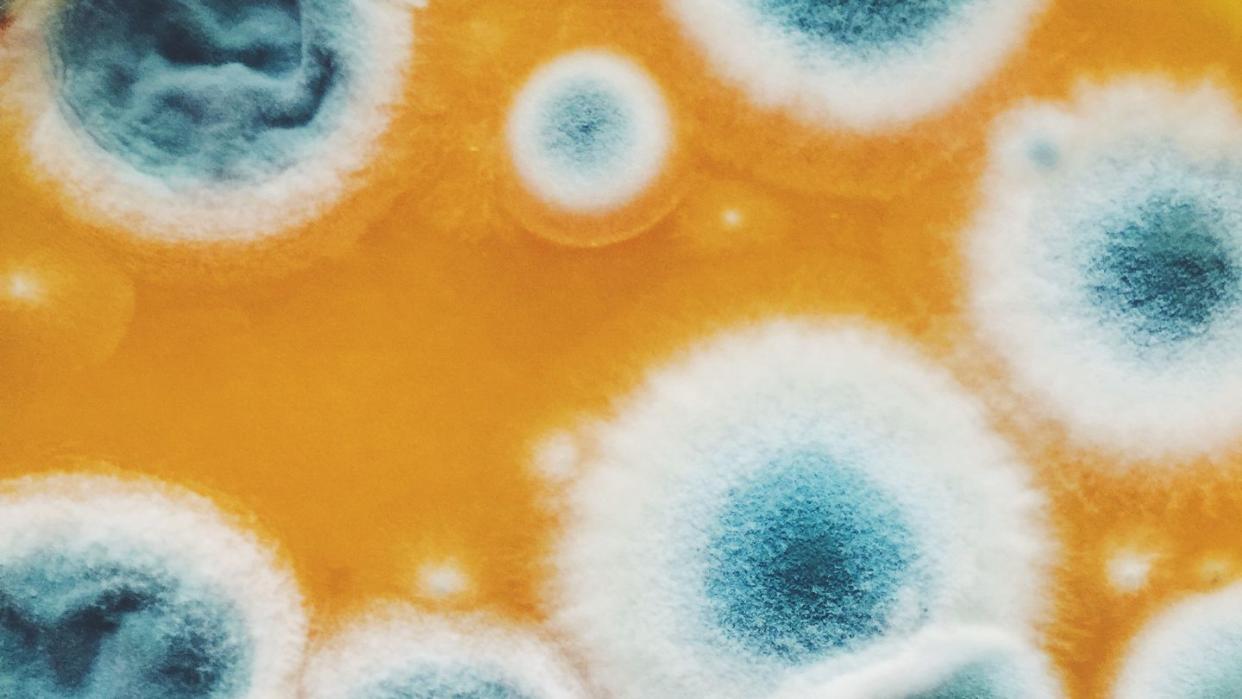
"Hearst Magazines and Yahoo may earn commission or revenue on some items through these links."
In 2017, Kristina Baehr began experiencing strange and unexpected bouts of dizziness. As she tried to go about her day, a nagging fatigue overwhelmed her. By 2020, as she began quarantining with her family during the COVID pandemic, her symptoms only seemed to get worse. Baehr, a successful attorney in Austin, Texas, and mother of four, started losing items and forgetting things. She suffered frequent migraines and would suddenly feel drunk in the middle of the day, even though she hadn’t been drinking.
Her children started showing unusual health symptoms too. Baehr’s 8-year-old daughter developed extreme anxiety, and suffered repeated headaches, insomnia, and sinus flares that caused breathing problems, according to a legal complaint Baehr filed against the companies that built her home. Baehr’s youngest son appeared to be regressing developmentally; he bruised himself running directly into walls and corners, and went into inconsolable fits of rage every day, biting his siblings and others. His teachers and therapists expressed concern that he might have autism spectrum disorder. Baehr’s other two children were always tired and complained of body aches as well.
Baehr, then 39, saw doctor after doctor, but no one had an answer. They suggested cutting out sugar and gluten and getting more exercise. Nothing seemed to help.
“I had insomnia and would wake up feeling like I’d been hit by a truck,” Baehr says. “I was having thoughts I’d never thought before. I thought of driving into oncoming traffic. No one could figure out what was wrong, so I just saw more and more doctors.”
One of Baehr’s concierge doctors–an MD who typically provides membership-based care on retainer to a small number of patients–started looking for other possible reasons for her symptoms, ticking off Lyme disease, autoimmune illnesses, and parasites. The doctor found mycotoxins (naturally occurring toxins produced by certain molds) in her urine and finally recommended mold testing in Baehr’s home. Subsequent air and dust tests found Stachybotrys chartarum, or black mold, growing in her daughter’s wall and problems throughout the home with the roof's metal waterproofing elements. “I started to put two and two together and realized, this is why my kids and I are sick,” Baehr says.
Miranda Davis, a 32-year-old mother of four in Akron, Ohio, also suffered mysterious mental and physical health symptoms throughout her 20s.
“It felt like my brain was on fire, like I was dying,” says Davis. “I couldn’t sleep and couldn’t focus on anything.”
Loved ones and doctors wondered if it was all in her head. Only after she returned from a hospital stay and struggled to lift a fork did her mother slam her fist down. “That’s it, there is something [physically] wrong with you,” Davis remembers her mom saying.
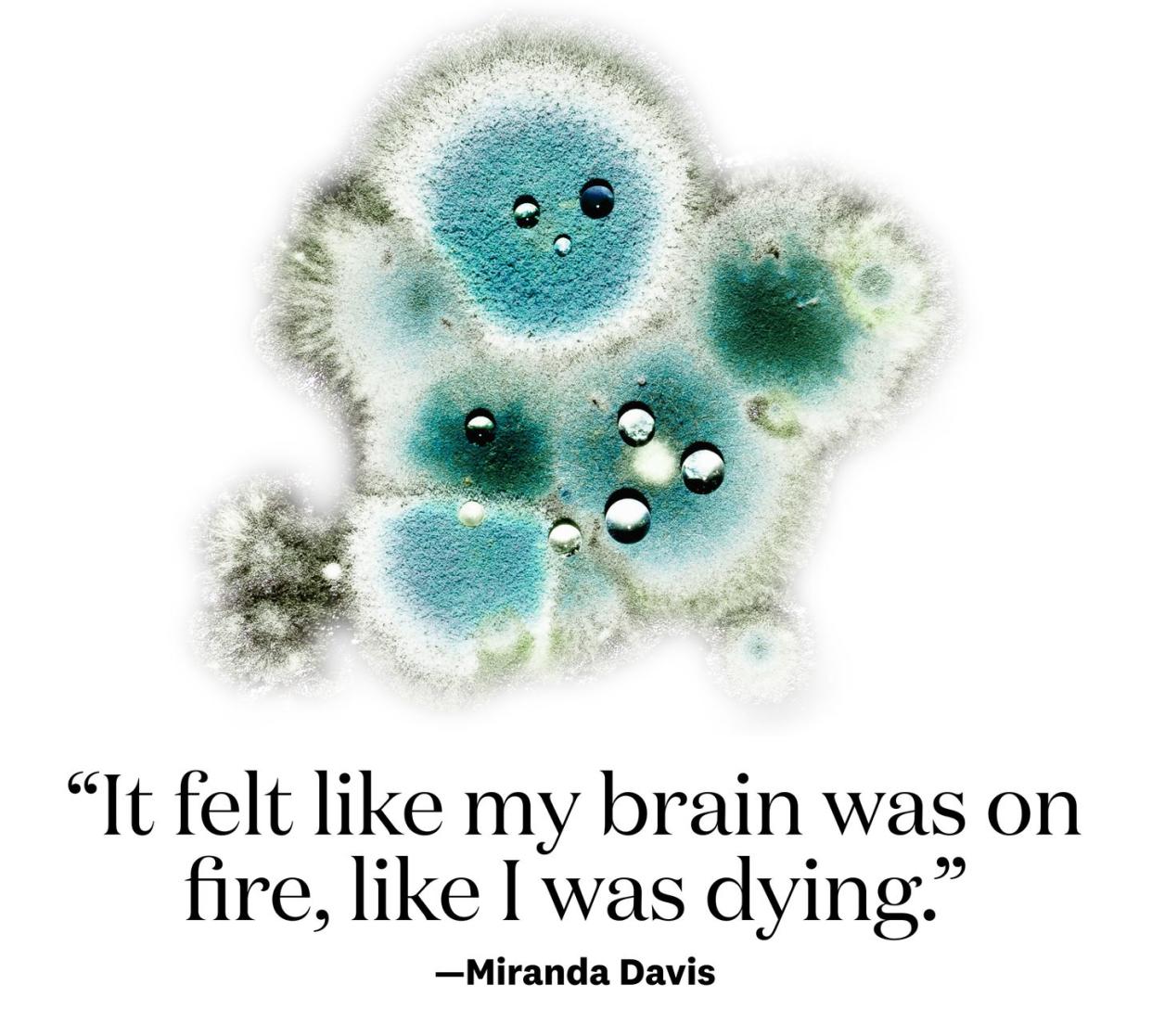
Davis has lived in more than one home with moisture problems and mold–the evidence of which she could see in her mother’s basement and in an apartment whose bathroom ceiling eventually caved in. Unable to afford nontraditional health practitioners, which are often not covered by Medicaid, Davis started researching mold illness online.
The people in her mold illness groups would claim that “whatever mold you see with your naked eye is the tip of the iceberg,” Davis says. “It could be hiding behind the wall or anywhere.”
Increasing awareness on social media has helped people struggling with what appear to be mold exposure–related symptoms feel less alone. But mold illness’s visibility issue is also spurring confusion and panic about moldy homes and their risks. Reddit is rife with photos of dim corners of ceilings and in bathrooms asking, “Is this mold? Should I be worried?”
Content hashtagged “mold sickness” and “toxic mold” racks up millions of views on TikTok. And people who believe they’re “mold sick”–self-diagnosed or otherwise–are desperate for answers and guidance. Some of the social media users offering advice are real health practitioners with expertise in treating these ailments. Many are not. Some share anecdotal recommendations based on what worked for them, while others push followers to buy expensive supplements, binders, and “detoxifying” cures that claim to rid homes of mold or heal mold-related illness.
The truth is, researchers and the medical world are still only just beginning to understand how mold exposure affects health, the symptoms it can cause, and how to treat mold illness.
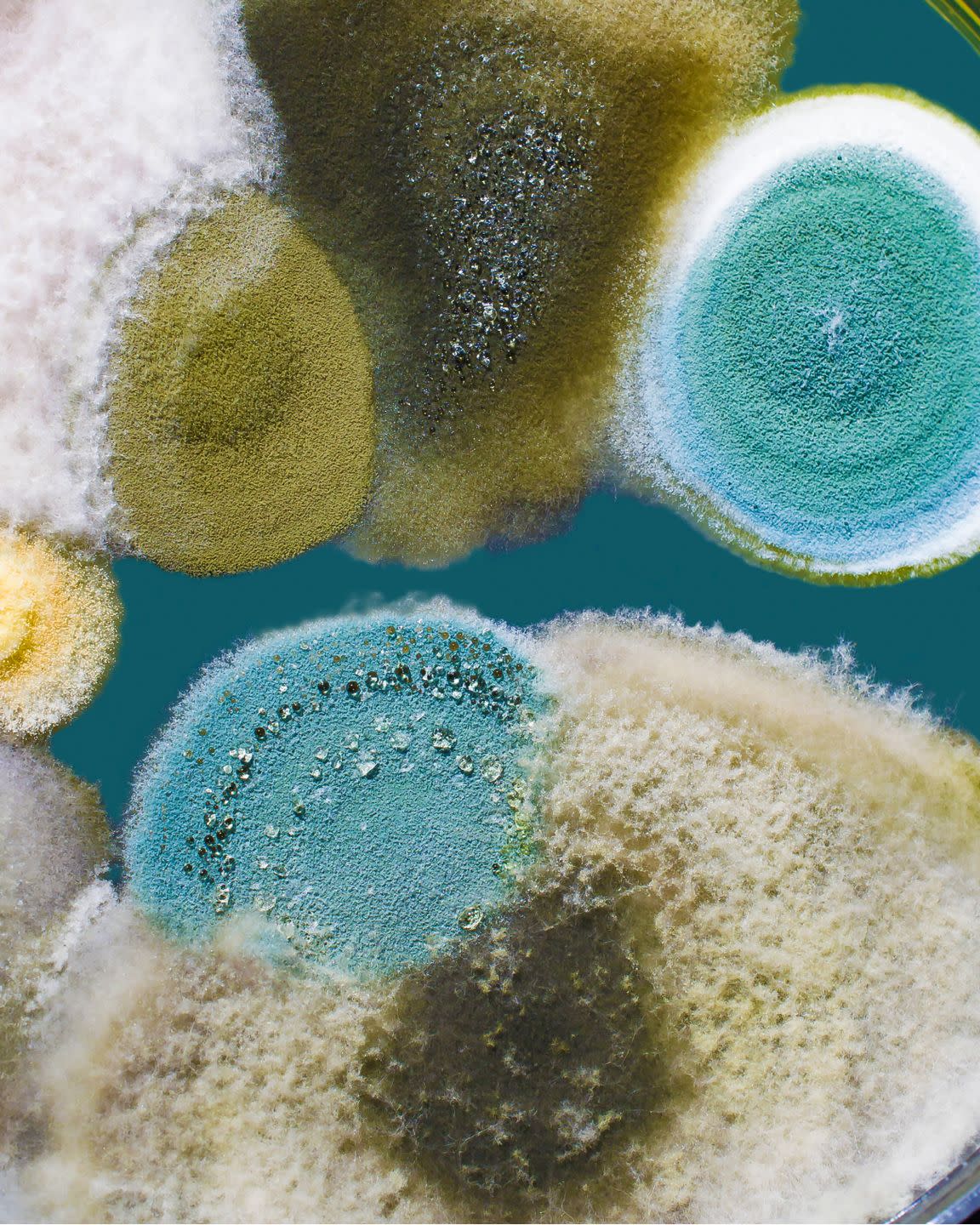
Mold illness isn’t easy to define, and the path from home mold growth to debilitating chronic health symptoms is complicated.
But often the story starts like this: Moisture in a home can cause mold, or fungus, to grow in carpets, on surfaces, and inside walls. All buildings and homes contain different types of molds, but for some people, exposure to certain mold species triggers an immune response that can set off a range of persistent health symptoms that few mainstream physicians know how to diagnose or treat.
Common symptoms include extreme fatigue, brain fog, and gastrointestinal issues, according to health practitioners who treat mold illness. Advocates in the “mold community,” as it’s sometimes called, associate an even longer list of ailments including blurred vision, headaches, vertigo, and joint pain. Some “moldies” become so reactive that they get symptomatic simply entering buildings. Within minutes or hours, people who are extremely sensitive to mold and other chemicals might get headaches, achy joints, or start to feel like their skin is burning.
There’s no simple answer as to why some people are affected and others aren’t. A mold species that might be “toxic” to one person might be tolerated just fine by others. Women are also much more likely than men to develop chemical sensitivities, per a 2022 study in Brain Sciences (though the study also notes there are various reasons why this could be, including the fact that women are more likely to volunteer for experiments).
One generally accepted theory is that some species of mold release small molecules called mycotoxins, which can trigger reactions in certain mold-sensitive people. Another theory suggests that microbial volatile organic compounds (mVOCs) like mold spores can cause physical health problems, but more research is needed, says Jordan Peccia, PhD, professor and chair of the department of chemical and environmental engineering at Yale University, who studies how people are exposed to pathogens and allergens in buildings.
“Most people say, ‘Aspergillus and Penicillium are the bad kinds of mold, so you just have to find them and remove them,’ but that’s not true,” Peccia says. “It’s way more complicated.” For starters, the exact species of Aspergillus or Penicillium present can determine whether the mold might cause health problems, he explains.
Raj Patel, MD, an integrative medicine doctor, started researching mold-related sickness after experiencing mysterious, undiagnosable symptoms himself. From what he’s seen, people don’t typically get sick unless they’ve already been exposed to a significant amount of mold over an extended length of time, or their bodies are immunocompromised. Once someone reaches a tipping point after being continuously exposed to mold, they become more reactive to future exposures.
The US Centers for Disease Control and Prevention and the Environmental Protection Agency acknowledge that mold in a home can cause respiratory health problems, but say that more research is needed to confirm other negative health effects, such as lethargy and memory loss. The American Academy of Family Physicians recommends that doctors not give patients mold sensitivity tests unless they are showing “clear allergy or asthma symptoms.”
Mold allergies are present in a minority of the population that is genetically predisposed to mold, and usually this allergy is not life threatening. Black molds, or so called toxic molds, can release potentially dangerous chemicals. Although anyone can be affected, they are more harmful to people who do not have the power to launch an effective immune response, and in rare cases, can even be fatal, says Jayanta Gupta, MD, PhD, associate professor and program director of public health in the department of health sciences at Florida Gulf Coast University in Fort Myers.
There is no blood test for mold, per the CDC. (There are urine tests available, but they’re not FDA-approved for accurate diagnosis or clinical use.) Some doctors can do allergy testing (as they would for any other allergy, like pollen or dust) for mold, but no clinically proven tests can pinpoint when or where a particular mold exposure took place. So, you won’t know if your home, workspace, outside, or any other area is the cause.
It can be hard to get a diagnosis, and those struggling with diagnosed or suspected mold illness don’t always feel heard.
“I was a hair stylist for nine years and love doing my own hair and makeup,” says Samantha R., a 28-year-old former hair stylist in Phoenix, Arizona, who is recovering from mold illness with the help of a naturopathic doctor. “So even at my sickest, I still looked put together. I feel like people assumed it was a mental health issue and not a physical one. And I think doctors dismissed it as ‘crazy woman syndrome.’ ”
Right now, a majority of the medical community points to a lack of solid scientific evidence linking mold exposure to the array of physical and mental health symptoms patients describe. And they say it’s hard for them to know how to treat mold illness. Plus, large epidemiological studies that doctors would like to see are really difficult to do, Peccia says.
“Nobody wants to fund them” because mold illness is still so rare, he adds. “It doesn’t necessarily mean mold isn’t impacting that person somehow. [But] if a person sees a physician and says, ‘I’m having cognitive issues, and I’m sure it’s because of mold,’ the physician will go to the literature and find very little evidence of it.”
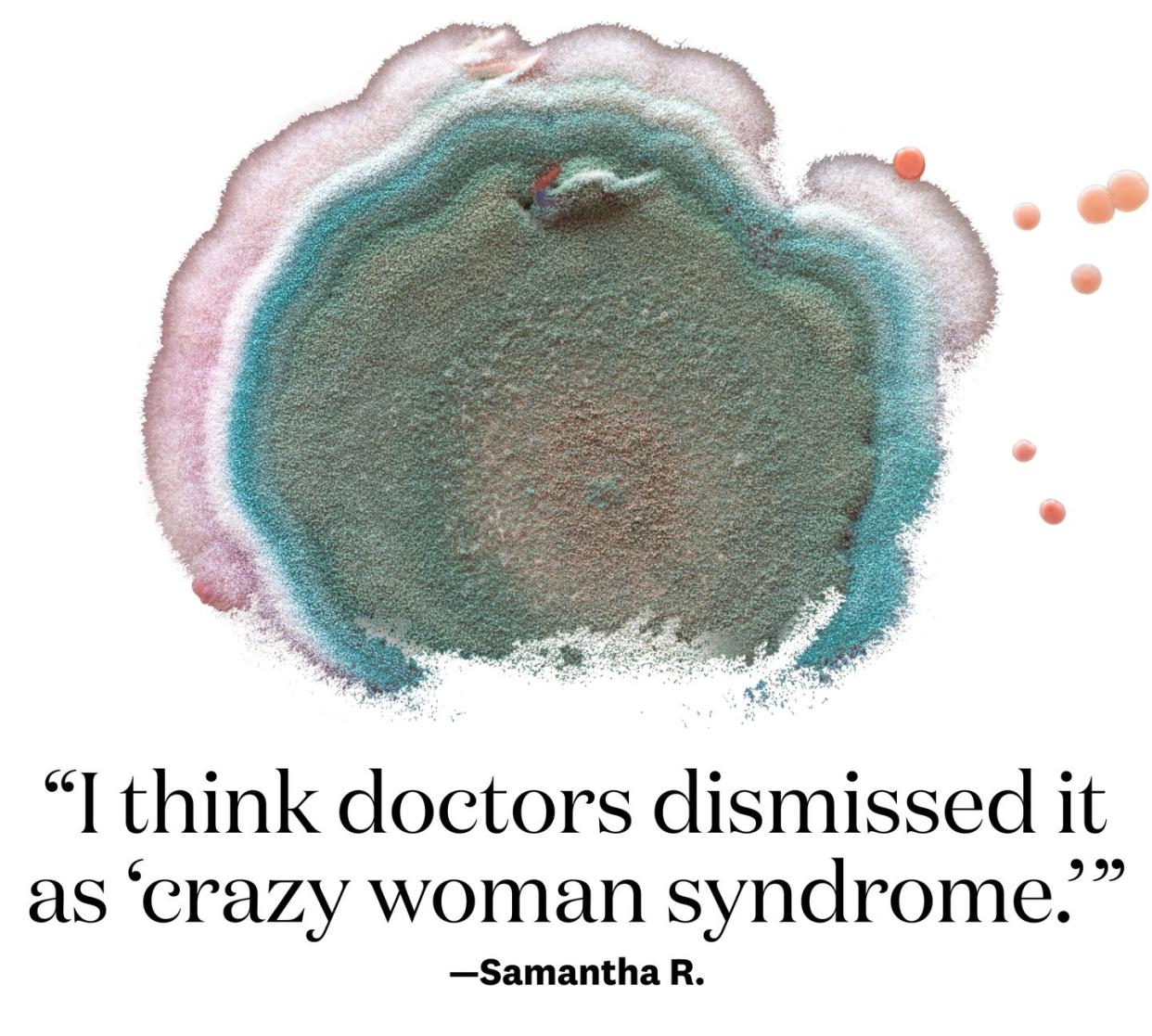
So, many of those experiencing persistent, inexplicable health problems eventually seek out alternative medicine practitioners for help–if they can afford it.
After striking out with mainstream doctors, Samantha R. is now adamant that alternative doctors are the only people who can help someone with mold illness.
“There’s a huge gap in our medical system; [mainstream medicine has] yet to even acknowledge this is an issue many people have,” she says. “Insurance won’t cover anything, and many people are so devastatingly sick they can’t work. So how are they supposed to pay for these doctors out of pocket that cost hundreds or thousands of dollars per visit? It's just this horrendous cycle.”
Dr. Patel says that "health practitioners may often mislabel mold-related illness or CIRS (Chronic Inflammatory Response Syndrome) as Multiple Chemical Sensitivity (MCS), Toxicant-Induced Loss of Tolerance (TILT), or Mast Cell Activation Syndrome (MCAS), which are clinically separate illnesses."
Two or more of these illnesses can be present at the same time, which further complicates diagnosis and treatment, especially considering that those with mold sickness are already more likely to have other health conditions, like Lyme Disease, in addition to a suppressed immune system.
Yet skepticism that mold can cause chronic health symptoms in the broader medical community has lingered for decades. And while chemical sensitivity research began in the 1980s, some still consider diseases like TILT to be “controversial disorders” and question their legitimacy.
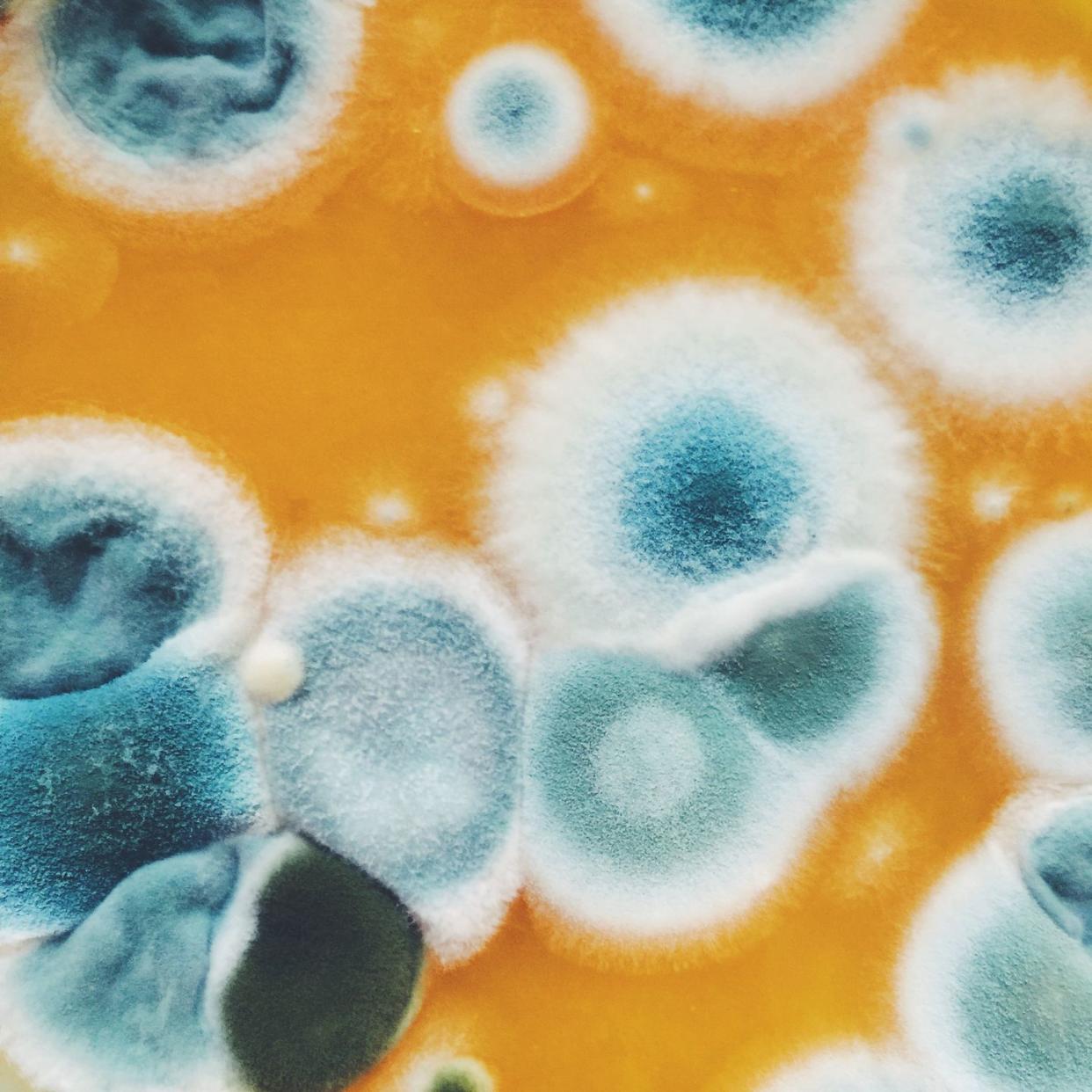
Regardless, mold illness could become more common in the future, thanks to climate change.
As climate change is predicted to increase global temperatures, humidity, and rain, researchers studying the public health effects of mold and chemical intolerance say the associated water damage (via flooding and humidity) will potentially make mold illness more prevalent. (Of note: Lower-income residents are especially at risk for water damage and mold-health problems, as they’re more likely to live in poorly constructed homes in low-lying areas, and have less money to repair mold-damaged homes, per Peccia’s research.)
Harvard University researchers are also exploring how changing weather patterns could make certain wood-framed residential buildings found in places like Philadelphia and Washington, D.C. more susceptible to mold growth in the future.
“We’ve built buildings based on a narrow definition of historic climate,” says Holly Samuelson, DDes, an associate professor of architecture at Harvard Graduate School of Design who researches the impacts of building design on human and environmental health. “What’s going to happen when climates shift?”
Rick Bayless, an environmental home health investigator in the southern Appalachians, says he’s already seeing an increasing number of damp homes and mold growth due to rain events.
“Buildings can’t keep up with weather conditions they weren’t built to address,” Bayless says. “We need better building guidelines.”
Right now, he says, building codes don’t do much to protect people who are environmentally sensitive.
Those suffering from mold illness are often forced to make major housing decisions for their health.
Baehr and her family, for their situation, just opted to evacuate their home. She spent $700,000 on repairs to rid the house of mold, only to later sell it. And while she was healing, Baehr started working on a legal case against the companies that built her home. It was then that she realized few lawyers specialized in these types of cases.
So, in 2022, Baehr founded Just Well Law, a personal injury firm focusing on cases involving toxic exposures. The following year, a jury awarded her family $3.1 million in their lawsuit, which is now on appeal.
Davis moved to a new apartment and is seeing a functional medicine doctor at the Cleveland Clinic, but it’s difficult to get appointments. She still spends time in an online toxic-mold support group where she has made some friends, but has to take breaks when the content starts feeling overwhelming.
“I'm determined to have hope for this situation no matter how bad I feel,” Davis says.
What To Do If You Spot Mold In Your Home
First things first, don’t panic. If you find yourself scrolling TikTok, suddenly panicking about new symptoms you’ve experienced, take a deep breath. Health practitioners who treat mold-related illnesses have differing protocols, but here's how Efrat LaMandre, PhD, a family nurse practitioner who practices functional medicine in Staten Island, New York, approaches diagnosing and treating suspected mold-related illness:
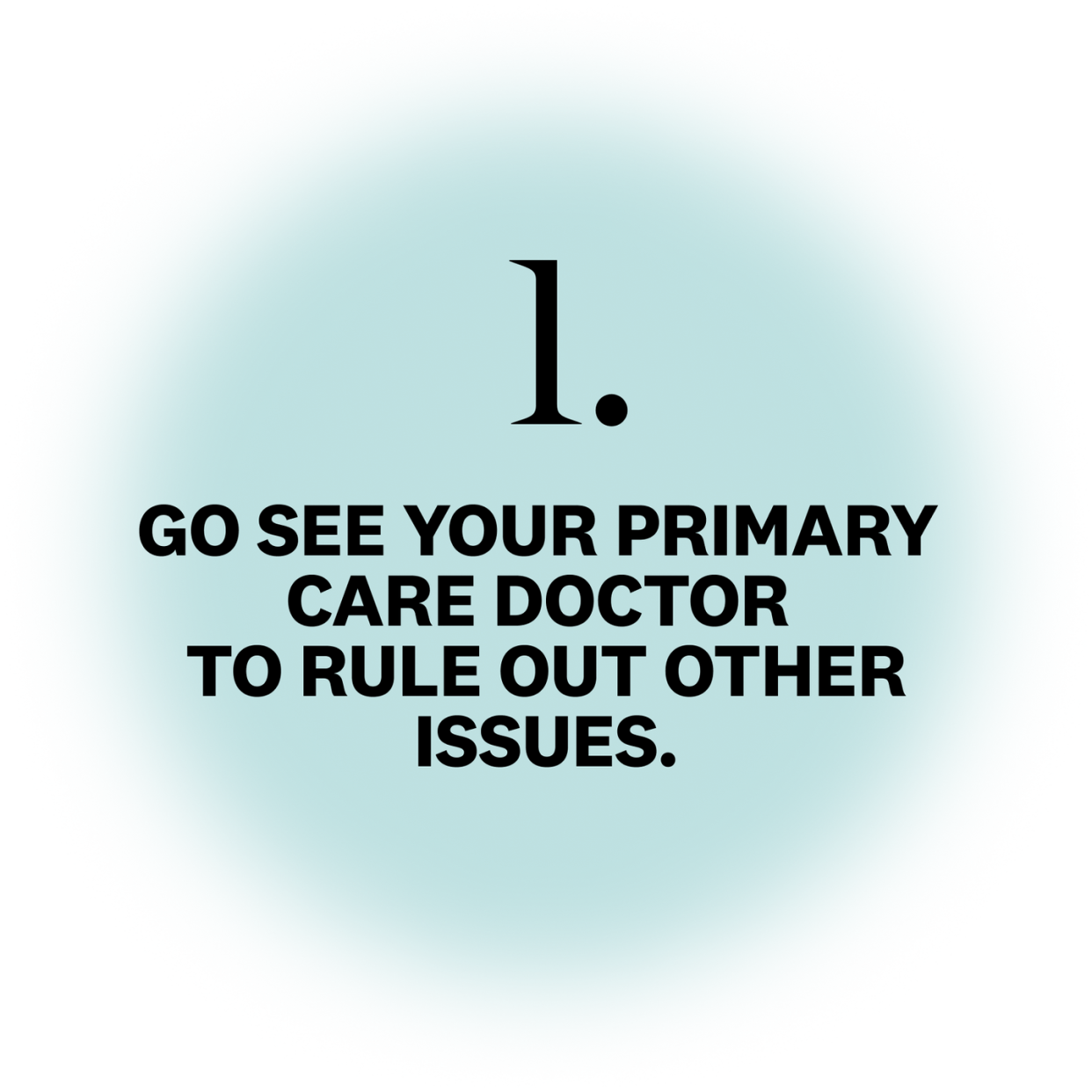
You’ll want to cross off things like hypothyroidism, heart disease, or cancer first, says LaMandre.
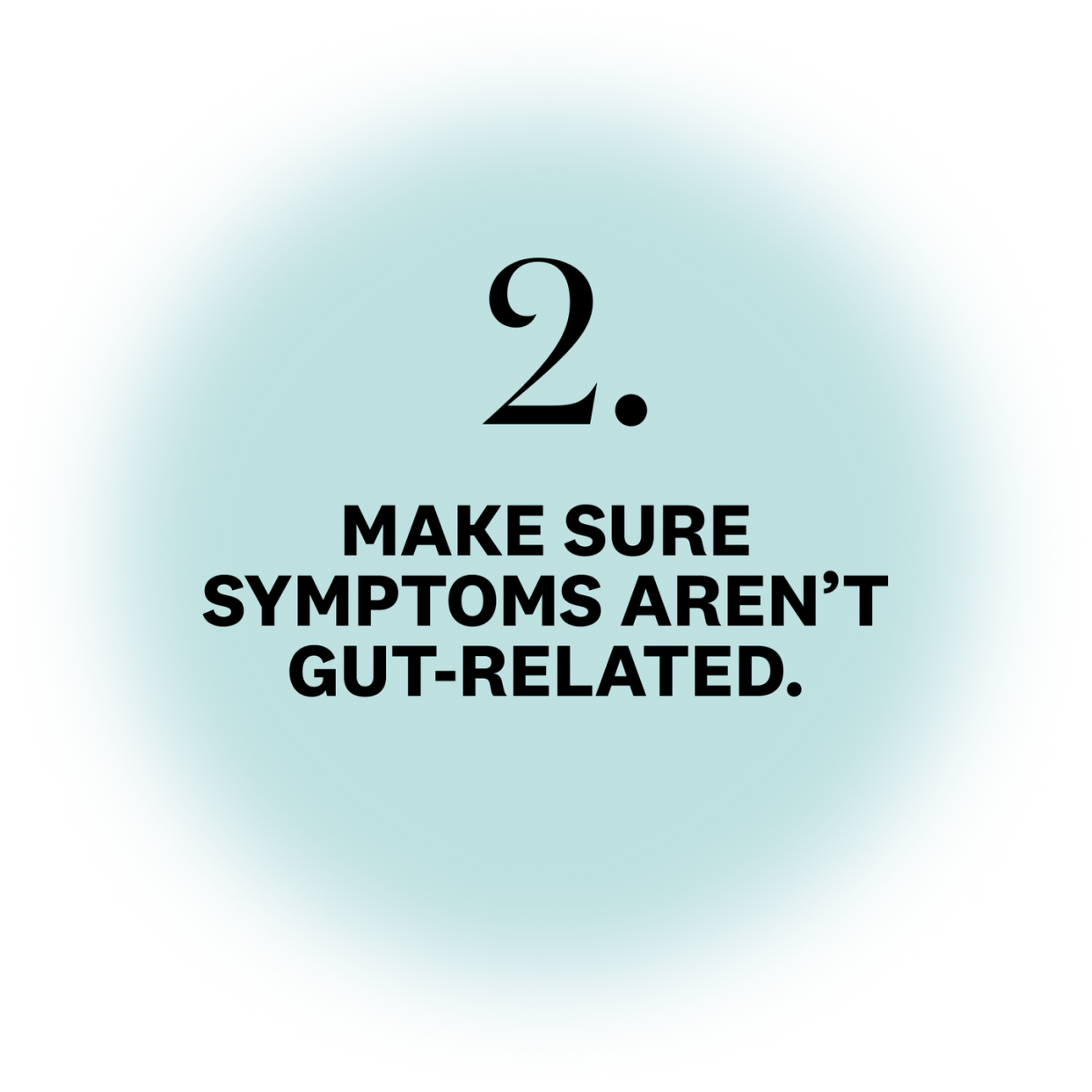
Follow an elimination diet—removing sugars, dairy, and grains—for at least 30 days. Once a healthy baseline is established, you can evaluate remaining symptoms with your provider, who can order tests to pinpoint specific triggers before moving on to appropriate treatments, she says. “We don’t start with the assumption that it’s mold. You have to get there after doing everything else; don’t self-diagnose.”
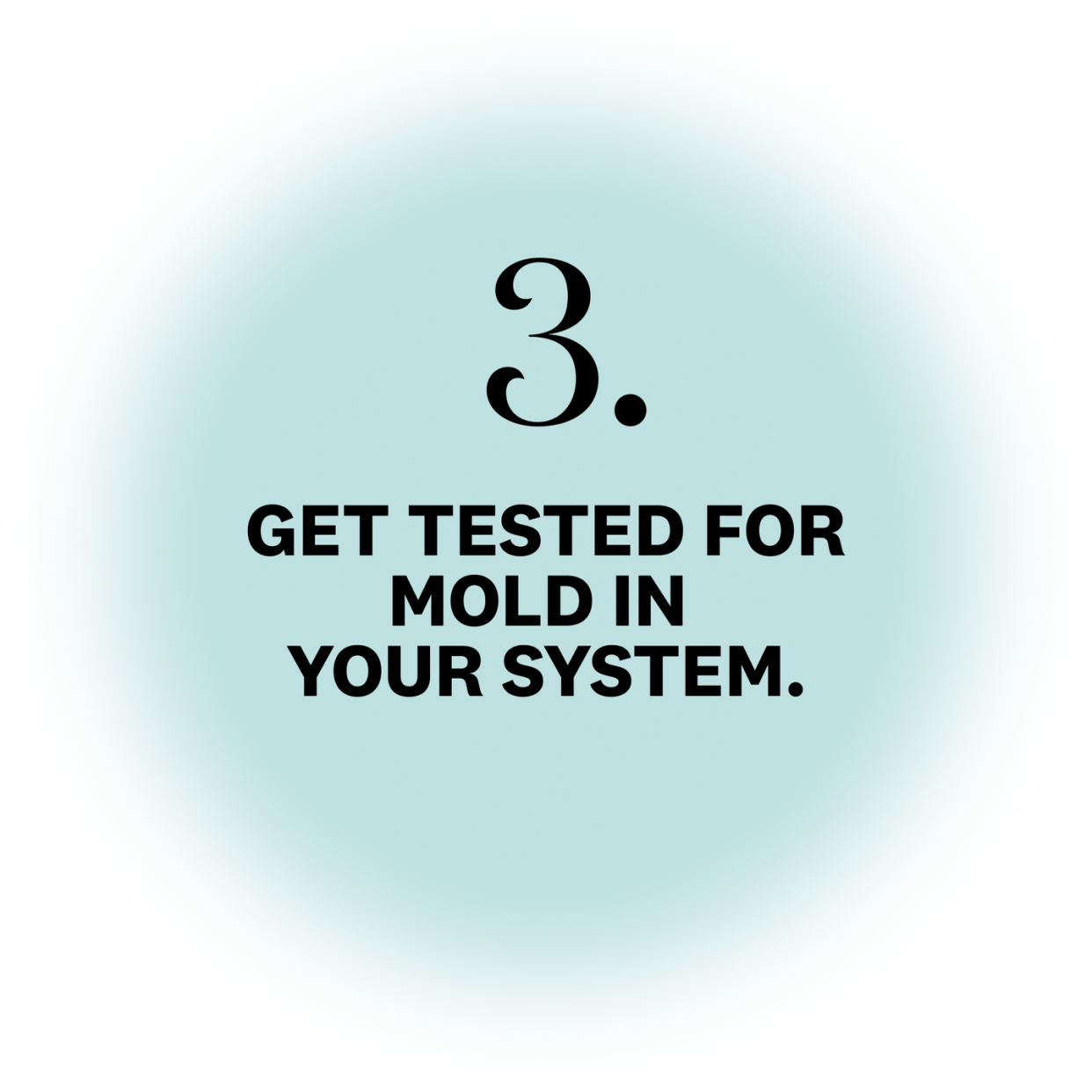
There are high-quality at-home urine tests available that can be sent to a lab for analysis, LaMandre says. But you should be aware that they are not FDA-approved and can be costly. They can also lead to a false positive diagnosis or the treatment of the mold/fungus and not the toxins released by the mold.
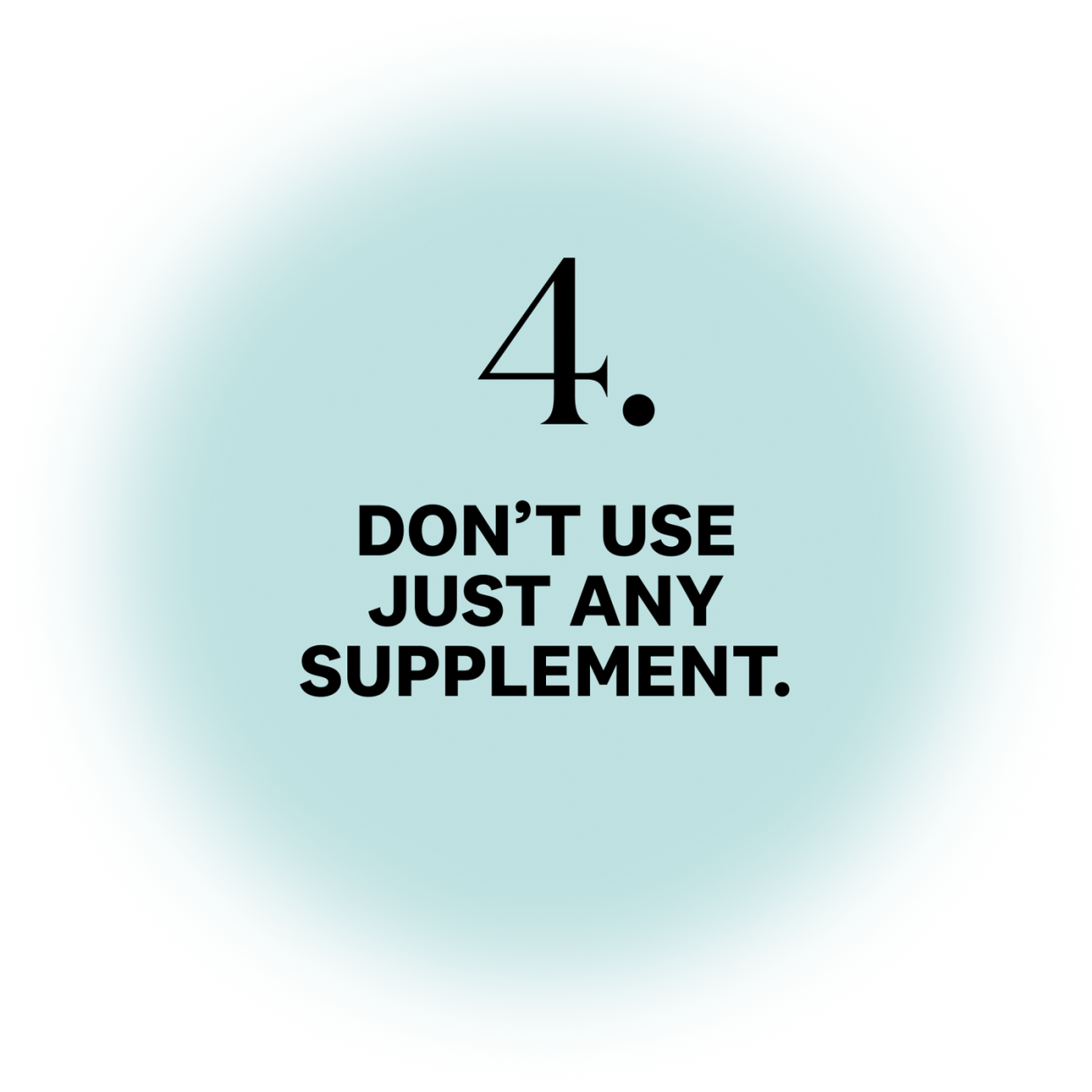
“There are specific protocols that should be followed. Don't just take any supplement that calls itself a ‘detox.’ Be sure to work with someone who knows which supplements are used for the specific mold you have,” LaMandre says. (Also, Dr. Patel says that some mold detox tips floating around TikTok—such as running an ozone machine or using anti-mold essential oils—might make symptoms worse.)
Finally, if you think a moldy space is making you ill, remove yourself from it. You can conduct a test using the Environmental Relative Moldiness Index (ERMI) tool to screen for presence of water damage, Dr. Patel says. You should fix any water leaks immediately and remove water-damaged materials like carpet in bathrooms, kitchens, and basement floors. Homes should have exhaust fans in high-humidity areas (think: bathrooms and kitchens), and clothes dryers should be vented to the outside of the building.
You Might Also Like
